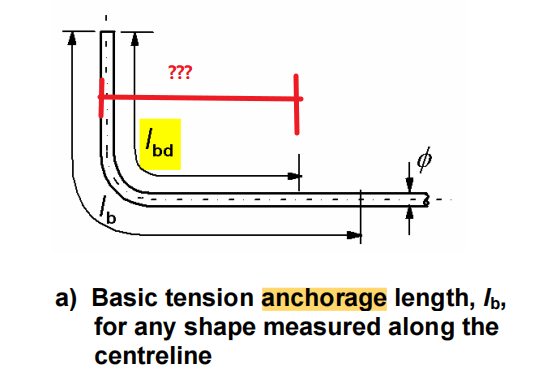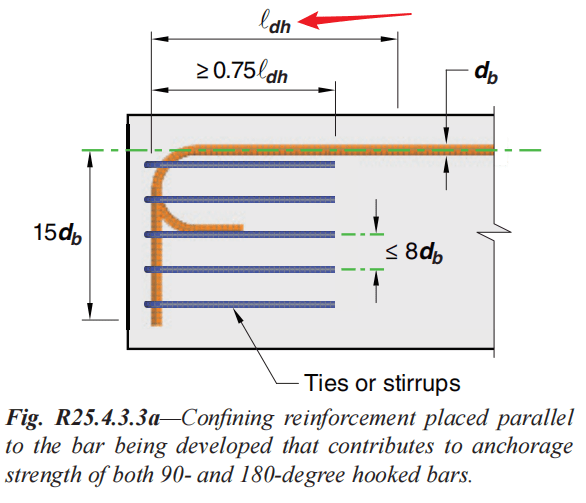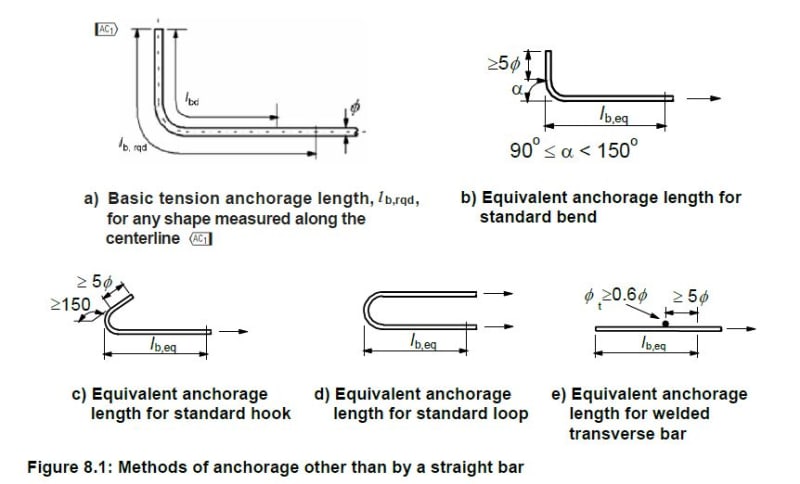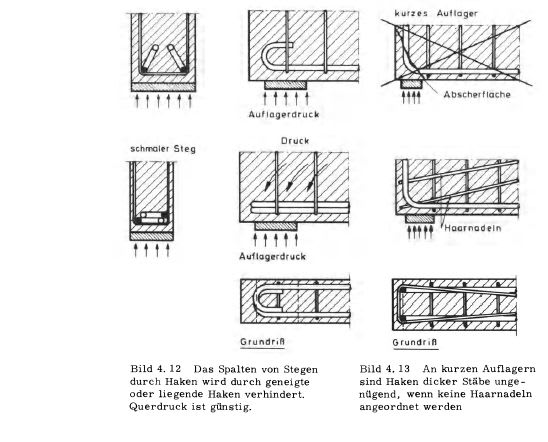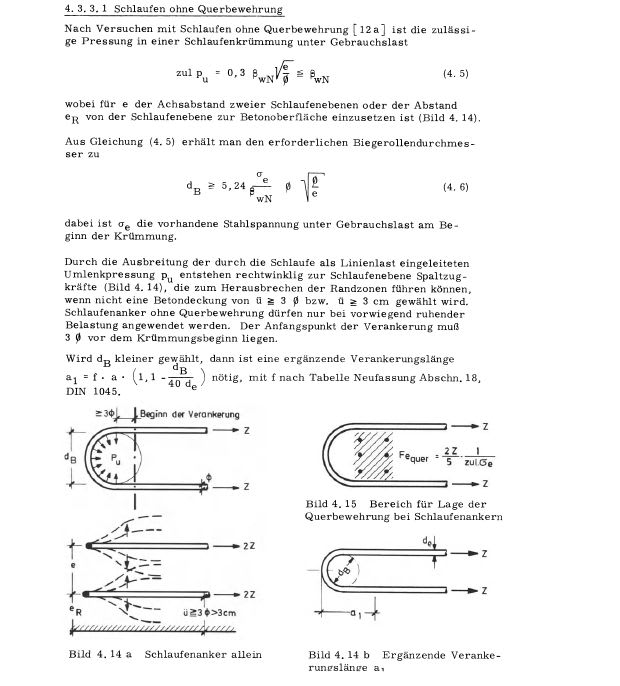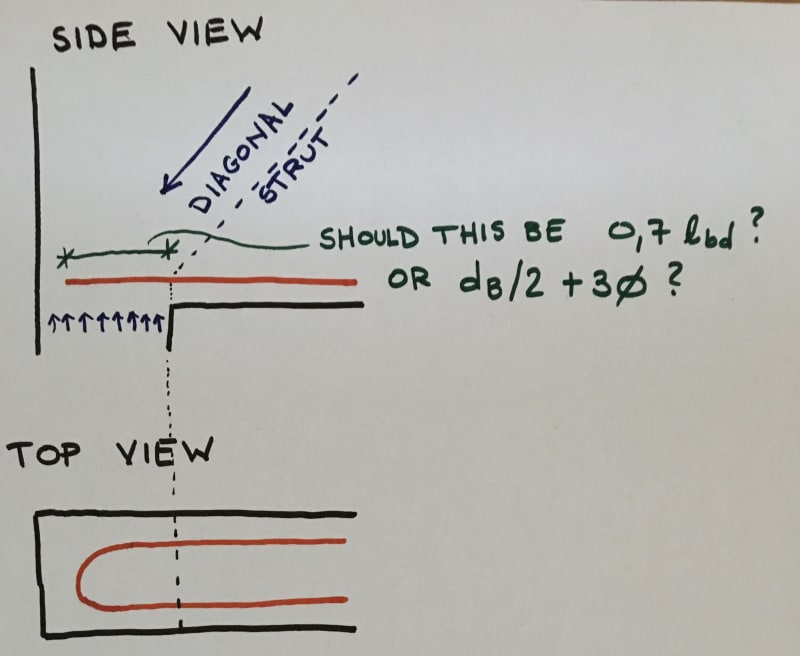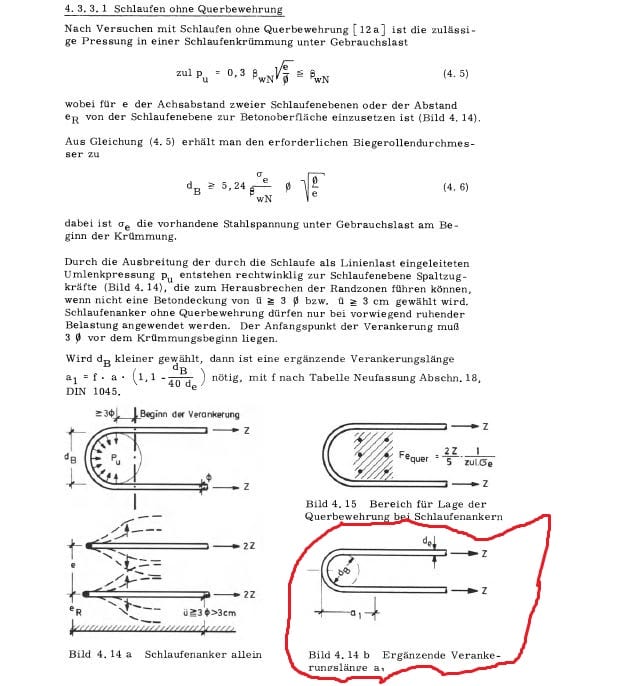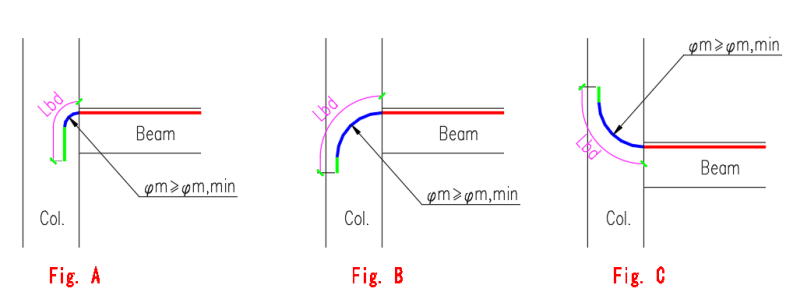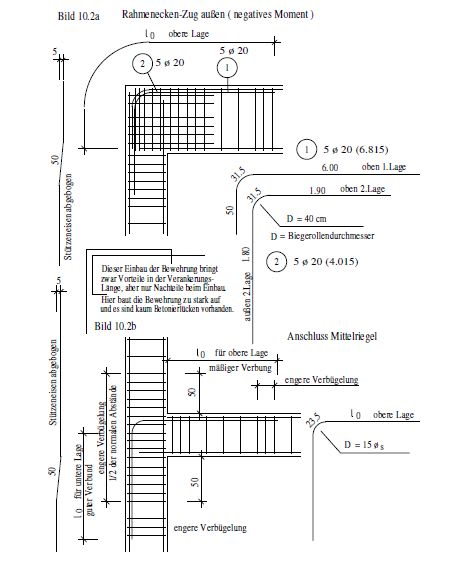As HTURKAK mentioned, instead of 0,75 ldh, you'd use 0,7 ldh.
There is an option to decrease that value by increasing the tail length, but you need to check the stress inside the bend (usually you'd have to increase the mandrel diameter or add transverse reinforcement).
I hope you don't mind me asking a related question in the same topic, but does anyone know what about the anchorage of standard loops (U shape) where both legs are in tension? This would be the case of deep beams for example, I often find bars with horizontal loops at the end of the deep beam which means that both legs are in tension.
Because recently my national normative institution released a not yet finished version of a second generation of the Eurocode 2 and from that it seems that such loops can be considered anchored if concrete cover is not too small and mandrel diameter not too small.
Then I found this paper
which seems to agree. It seems like this type of anchorage is extremely hard to pull out, especially if there is transverse pressure.
Then I took a look in the legendary book by Leonhardt (unfortunately I do not know german) and it is mentioned that this is very effective, but he never says what length of anchorage is sufficient, only that sometimes you need perpendicular bars to control splitting.
It is hard to anchor bars at the ends of deep beams and it would be very nice to know if something is anchored there.
Sorry again if I'm off topic, I can make a new thread if needed.
